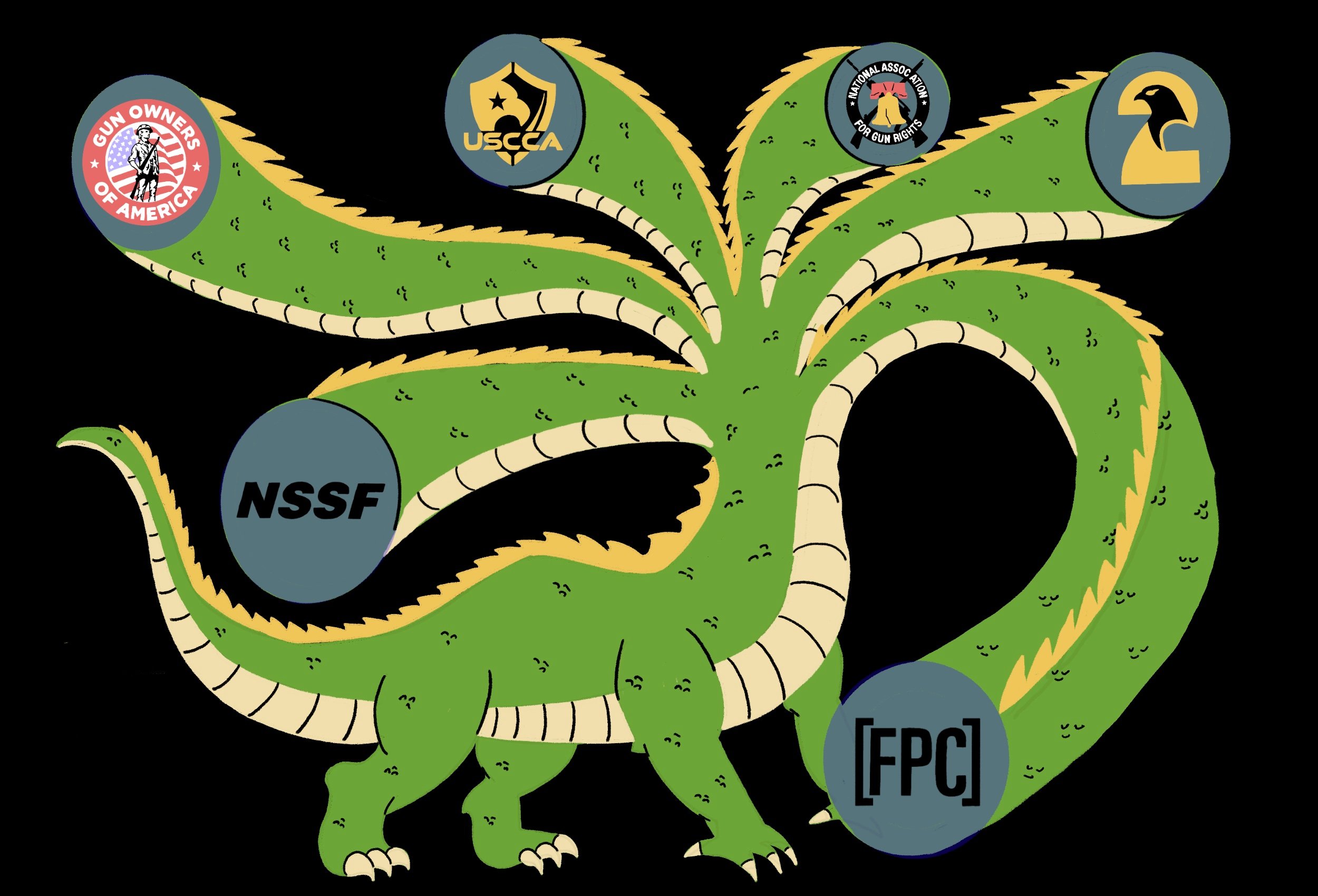At the National Rifle Association’s annual meeting in 2013, held five months after the Sandy Hook massacre, a defiant Wayne LaPierre boasted that the group had reached a record membership of over 5 million and predicted that “the NRA must and will be 10 million strong.”
Never has that goal been further from reach.
For much of the last decade, membership levels hovered at around 5 million or just above. After The Trace broke the story of lavish perks and NRA cash going to LaPierre and other insiders, the group began to shrink, with member revenue hitting a 15-year-low of $97 million in 2021.
In an April 2021 deposition, LaPierre placed NRA membership just shy of 4.9 million. At a January NRA board meeting, LaPierre gave a figure of 4.3 million — which would be a 12 percent drop in just a year-and-a-half.
A recent report by Stephen Gutowski in The Reload, based in part on an internal financial statement, gives a detailed picture of the collapse. According to the statement, the NRA picked up 289,950 new members in the first 11 months of last year, 176,402 fewer than anticipated. Some 781,500 members renewed; that’s 164,899 fewer renewals than the group had projected. A chart included in the statement indicates that the organization has lost roughly 1 million members since 2018, the year NRA membership reached its peak.
The tumbling member figures contributed to overall revenue erosion, with $186 million collected through November last year, according to the statement, $55 million less than anticipated.
The NRA did not immediately respond to a request for comment.
A surge in gun purchasing during the pandemic, which under other circumstances may have resulted in a membership windfall, coincided with a period of scandal for the group. In 2020, New York Attorney General Letitia James brought a lawsuit against the NRA that alleged LaPierre and others looted NRA assets for their own benefit in violation of nonprofit laws.
“They have destroyed the NRA brand, they have lost credibility,” said dissident NRA board member Phil Journey, a LaPierre critic. “In our society, firearms ownership is expanding, and these new gun owners are not joining the NRA, and it’s because of the brand.”
The gun group’s contraction is also evident in the number of members donating to its political action committee, according to a Trace analysis of Federal Election Commission filings. Roughly 5,400 members contributed more than $200 to the NRA’s Political Victory Fund in 2022, a nearly 45 percent decline from the number who donated in 2018 and a more than 40 percent drop from 2020. An earlier Trace analysis suggested that this donor base is aging.
The collapse in donor support took place with a Democratic president pushing for stricter gun laws, a dynamic that typically boosts the NRA’s political operation and bottom line.
The FEC only itemizes donations from those giving more than $200 annually. Total itemized donations were $1.4 million last year — the first time in at least a decade that the amount collected failed to exceed the prior federal election year. In unitemized, smaller-dollar donations, nearly $6 million was collected, by far the lowest amount in the last five federal election years.
Journey said the NRA will surely continue its decline under current leadership, which has the full support of the nonprofit’s board of directors. “There is no corrective action going on,” he said.
Trace data editor Olga Pierce contributed to this report.

